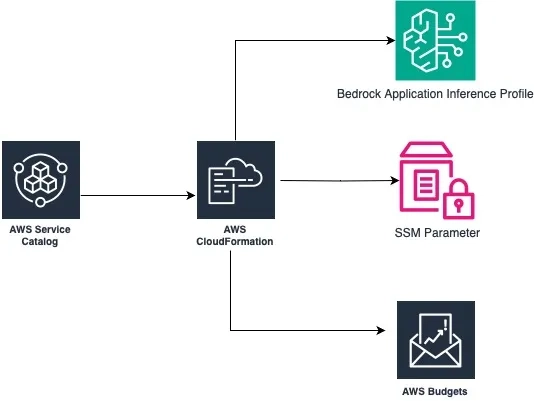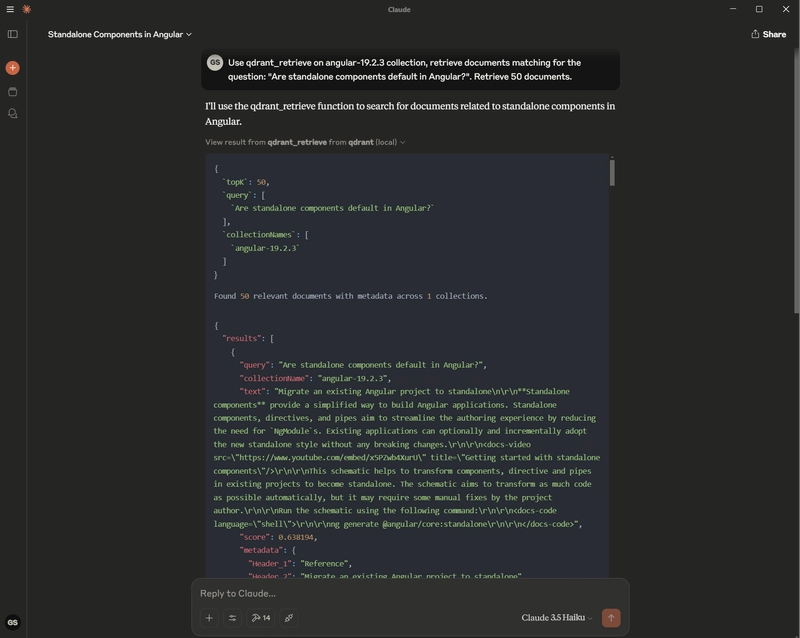NestJS, Next.js, Express.js, Nuxt.js, Deno: Framework or Runtime?
With so many tools available for JavaScript and TypeScript development, it’s easy to get confused about the differences between NestJS, Next.js, Express.js, Nuxt.js, and Deno. Let's clarify what each of these tools does and categorize them as either frameworks or runtimes. What is a Runtime? A runtime is an environment that executes code. It provides the essential libraries, APIs, and infrastructure to run applications. Deno: Runtime ✅ Purpose: Executes JavaScript and TypeScript outside the browser. Built-in Features: Security-first approach, built-in TypeScript support, modern standard library. Example Use Case: Running server-side TypeScript without additional configurations. What is a Framework? A framework provides a structured way to develop applications, offering tools and predefined patterns to streamline development. Express.js: Framework ✅ Purpose: Minimalistic web application framework for Node.js. Features: Simple routing, middleware support, flexible architecture. Example Use Case: Building RESTful APIs quickly and easily. NestJS: Framework ✅ Purpose: Full-featured framework built on top of Express.js for scalable server-side applications. Features: Strongly-typed with TypeScript, modular architecture, dependency injection, built-in support for microservices. Example Use Case: Enterprise-level backend applications. Next.js: Framework ✅ Purpose: React framework optimized for server-side rendering (SSR) and static site generation (SSG). Features: Automatic routing, built-in performance optimization, easy deployment. Example Use Case: SEO-friendly websites, hybrid applications combining SSR and client-side rendering. Nuxt.js: Framework ✅ Purpose: Vue.js framework designed for creating SSR and static-generated applications. Features: Automatic routing, simplified state management, server-side rendering, static site generation. Example Use Case: SEO-friendly websites, hybrid applications with SSR and client-side rendering. Quick Reference: Tool Type Primary Usage Deno Runtime Execute JS/TS outside browser Express Framework Lightweight backend development NestJS Framework Scalable backend with TypeScript Next.js Framework SSR/SSG React web applications Nuxt.js Framework SSR/SSG Vue web applications Conclusion Understanding whether you're dealing with a runtime or framework helps you make informed choices for your project. Deno is your runtime for running JavaScript/TypeScript outside the browser, while Express.js, NestJS, Next.js, and Nuxt.js are frameworks offering structured solutions to different development challenges. Still have questions about these tools? Share your thoughts below!

With so many tools available for JavaScript and TypeScript development, it’s easy to get confused about the differences between NestJS, Next.js, Express.js, Nuxt.js, and Deno. Let's clarify what each of these tools does and categorize them as either frameworks or runtimes.
What is a Runtime?
A runtime is an environment that executes code. It provides the essential libraries, APIs, and infrastructure to run applications.
Deno: Runtime ✅
- Purpose: Executes JavaScript and TypeScript outside the browser.
- Built-in Features: Security-first approach, built-in TypeScript support, modern standard library.
- Example Use Case: Running server-side TypeScript without additional configurations.
What is a Framework?
A framework provides a structured way to develop applications, offering tools and predefined patterns to streamline development.
Express.js: Framework ✅
- Purpose: Minimalistic web application framework for Node.js.
- Features: Simple routing, middleware support, flexible architecture.
- Example Use Case: Building RESTful APIs quickly and easily.
NestJS: Framework ✅
- Purpose: Full-featured framework built on top of Express.js for scalable server-side applications.
- Features: Strongly-typed with TypeScript, modular architecture, dependency injection, built-in support for microservices.
- Example Use Case: Enterprise-level backend applications.
Next.js: Framework ✅
- Purpose: React framework optimized for server-side rendering (SSR) and static site generation (SSG).
- Features: Automatic routing, built-in performance optimization, easy deployment.
- Example Use Case: SEO-friendly websites, hybrid applications combining SSR and client-side rendering.
Nuxt.js: Framework ✅
- Purpose: Vue.js framework designed for creating SSR and static-generated applications.
- Features: Automatic routing, simplified state management, server-side rendering, static site generation.
- Example Use Case: SEO-friendly websites, hybrid applications with SSR and client-side rendering.
Quick Reference:
| Tool | Type | Primary Usage |
|---|---|---|
| Deno | Runtime | Execute JS/TS outside browser |
| Express | Framework | Lightweight backend development |
| NestJS | Framework | Scalable backend with TypeScript |
| Next.js | Framework | SSR/SSG React web applications |
| Nuxt.js | Framework | SSR/SSG Vue web applications |
Conclusion
Understanding whether you're dealing with a runtime or framework helps you make informed choices for your project. Deno is your runtime for running JavaScript/TypeScript outside the browser, while Express.js, NestJS, Next.js, and Nuxt.js are frameworks offering structured solutions to different development challenges.
Still have questions about these tools? Share your thoughts below!











































































































































































![[The AI Show Episode 142]: ChatGPT’s New Image Generator, Studio Ghibli Craze and Backlash, Gemini 2.5, OpenAI Academy, 4o Updates, Vibe Marketing & xAI Acquires X](https://www.marketingaiinstitute.com/hubfs/ep%20142%20cover.png)



























































































































![[DEALS] The Premium Learn to Code Certification Bundle (97% off) & Other Deals Up To 98% Off – Offers End Soon!](https://www.javacodegeeks.com/wp-content/uploads/2012/12/jcg-logo.jpg)


![From drop-out to software architect with Jason Lengstorf [Podcast #167]](https://cdn.hashnode.com/res/hashnode/image/upload/v1743796461357/f3d19cd7-e6f5-4d7c-8bfc-eb974bc8da68.png?#)









































































































.png?#)

































_Christophe_Coat_Alamy.jpg?#)
 (1).webp?#)

































































































![iPhone 17 Pro Won't Feature Two-Toned Back [Gurman]](https://www.iclarified.com/images/news/96944/96944/96944-640.jpg)
![Tariffs Threaten Apple's $999 iPhone Price Point in the U.S. [Gurman]](https://www.iclarified.com/images/news/96943/96943/96943-640.jpg)








































































































































